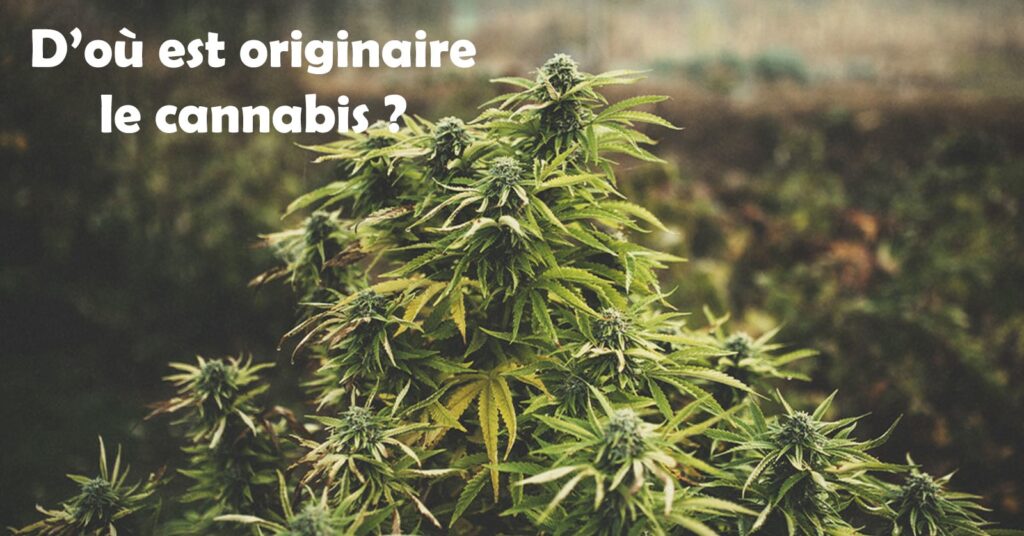News cbd
Where does cannabis come from?

It is known that cannabis has been used for thousands of years, but it is not known when the plant first appeared on earth. Scientists have tried to answer this question and determine its origin. According to them, cannabis appeared 28 million years ago on the Tibetan plateau, some 3 kilometres above sea level.
Once upon a time there was cannabis
Cannabis pollen was first discovered in India and then in Japan, where it was found to be 32,000 and 12,019 years old, respectively. Researchers of all stripes agree that cannabis originated somewhere in Central Asia, but none has yet ventured to determine precisely where and when.
Researchers from the University of Vermont have crossed different archaeological and geological studies detecting the presence of fossilized pollen in the soil to try to define a geographical area and an era. Cannabis would thus have appeared 28 million years ago, that is to say between the extinction of the dinosaurs and the supposed appearance of the human species, according to this study published in the journal Vegetation History and Archaeobotany.
This research proved to be complex because the pollen of cannabis is very similar to that of hops. The last common ancestor of cannabis and hops dates back to that time. The two species then took a different evolutionary path. The researchers differentiated between the two pollens by analysing fossilised pollen from surrounding plants to determine whether the environment was more favourable to the growth of hops or cannabis.
Indeed, they started from the fact that the two plants do not grow in the same habitat: the cannabis plant prefers an open, grassy, treeless environment, whereas hops grow more in forests. Hop pollen is therefore usually found alongside tree pollen. Thus, they deduced that cannabis appeared on the Tibetan Plateau near the Qinghai Lake, which is 3,200 meters above sea level.
According to the researchers, the development of the Tibetan Plateau and its climatic conditions would have favoured the emergence and development of the cannabis plant in Asia. "The Tibetan Plateau was born from the collision between India and Asia, so in a way, we can thank the tectonic plates for the evolution of cannabis" explains John McPartland, the director of the research.
The accuracy of the techniques used, however, has been criticized by Robert Clarke, a consultant with the BioAgronomics Group in Los Angeles. According to him, trees may well grow on the shores of lakes in this type of environment and cannabis may therefore also be found alongside tree pollen. Moreover, the time of formation and, by extension, the altitude and climatic conditions of the Tibetan Plateau at any given time are controversial.
Did our prehistoric ancestors use cannabis?
Cannabis pollen has been found in the soil of Denisova Cave in Siberia. It was in this cave that Denisova Man, an extinct species of the genus Homo that preceded Homo Sapiens Sapiens, was first identified from fossils. It seems that this man already used cannabis.
Now, the Qinghai Lake is located a few hundred kilometers northwest of the Baishiya Karst Cave which is known to have been visited by Denisova Man 160,000 years ago. Is it possible that it was on this occasion that Denisova Man discovered cannabis growing wild in the area?
Jean-Jacques Hublin of the Max Planck Institute of Evolutionary Anthropology doubts this. He reminds us that 160,000 years ago, the region was in the middle of an ice age and that this may have prevented the development of certain vegetation, including cannabis.
In any case, the original cannabis had little to do with the one we know today, which is the result of hundreds of years of selection and natural crossbreeding. Its THC content must have been quite low compared to today's varieties, but still less than our industrial hemp.
